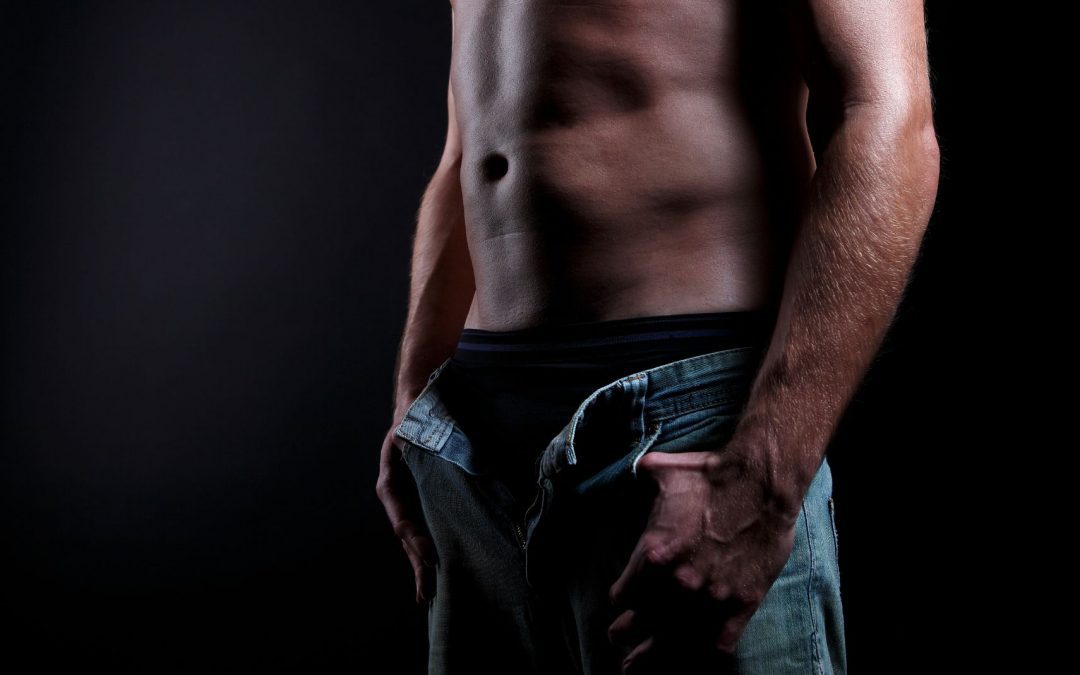Genital affirmation surgery for trans men to create a phallus generally involves two main techniques: phalloplasty and metoidioplasty. Phalloplasty surgery is the most requested gender affirmation surgery after bilateral subcutaneous mastectomy. Post-operative care after phalloplasty is one of the most frequent concerns.
In other posts, we have discussed the surgery itself, but what are the care steps after phalloplasty? At IM GENDER, we provide a care guide to all phalloplasty patients so they can understand the procedure both before and after the surgery. Post-operative care is a vital part of recovery, which is why following the medical team’s advice and having clear guidelines on how to proceed after phalloplasty surgery are critical factors.

Rest
During the hospital stay after surgery, you will need to rest. In fact, you must remain in bed for approximately the first four days. Hospital discharge will occur one week after the phalloplasty.
Keep in mind that you will have a dressing on the donor arm with a plaster splint. It is important to avoid exertion during the first few days to ensure a smooth recovery. This is a time for self-care and patience.
For the patient’s comfort and improved medical follow-up, IM GENDER recommends that, if you live outside Catalonia, you plan to stay near our clinics for at least one week after hospital discharge. This will allow for more effective post-operative monitoring and extended care during recovery.
Urinary catheter
For approximately three to four weeks, you will have a urinary catheter connected to a drainage bag. This catheter will help facilitate spontaneous urination, aiding in the healing of both the urethra and the phallus.
During this time, you should ensure that urine flows normally and that the catheter remains unobstructed. After the first two weeks following surgery, and under the guidance of your surgeon, you may begin using a stopper during the day to start controlling the need for spontaneous urination.
Hygiene
The day before surgery, you will need to perform bowel cleansing. One of the steps during the procedure is vaginectomy, or the removal of the vaginal cavity. Due to its proximity to the large intestine or rectum, it is essential to clean it thoroughly before surgery. You must follow all the advice and recommendations given by the medical team to ensure effective bowel cleansing. Additionally, as with any other surgery, you must fast for eight hours before the phalloplasty.

You will also need to depilate the donor upper limb and the genital area. For the lower part of the donor upper limb, laser hair removal is recommended for a minimum of three months to one year before surgery to ensure maximum hair removal. For the genital area, shaving the hair 24 hours before surgery will be sufficient, taking special care to avoid cuts or wounds.
After surgery, the nursing team will take care of your daily hygiene and dressing while you remain in bed. Gradually, you will gain more independence, and when the medical team considers you ready, you will be able to shower and clean yourself. It is recommended that you do this with assistance first in case you need help.
Once the urinary catheter is removed, IM GENDER will provide a daily dilation catheter to maintain cleanliness of the urinary meatus, the opening where urine exits.
Avoid sport or any type of physical activity
During the first few weeks, you should avoid any type of physical activity. A surgery like phalloplasty requires rest and care, which makes it incompatible with physical exercise during the initial recovery period. However, this does not mean you must stay in bed all day. You can take short walks, which will gradually lengthen, giving you more mobility.
When can you return to physical activity? Your surgeon will determine when you can resume normal sports practice and recommend specific exercises, as recovery depends on each person’s circumstances and progress.

At home, it is also important to care for the donor area to ensure complete recovery. You will be given guidelines to help rehabilitate the donor arm. For example, exercises may include keeping the arm elevated above the elbow (to reduce swelling), performing squeeze-and-release exercises with a ball (starting on the tenth day), or finger mobility exercises.
Post surgery visits
The medical team’s care during the weeks following surgery is personalized to each case. It is crucial not to skip any of these care sessions and to follow your doctor’s advice on hygiene, medication, mobility, and more.
Attending all post-operative appointments is extremely important. These visits will continue for a year to properly monitor your progress. Always inform the medical team of any concerns or questions regarding your recovery. Only by doing so can you receive the best care possible.
After phalloplasty surgery
With the radial flap phalloplasty technique, the surgical team constructs a phallus using the skin and fat from the forearm. As a result, the coloration and venous structures are different from those of a cisgender man’s penis. Additionally, this surgery leaves an aesthetic defect on the arm.
Various aesthetic treatments are available after phalloplasty to improve the appearance of these structures. For example, micropigmentation of the phallus enhances coloration and aesthetically creates more suitable structures. Lipofilling or fat grafting in the donor arm, as well as laser treatment for scars, are procedures that can improve the appearance of the donor arm.
Want to learn more about transgender surgery or have any questions? Feel free to contact us. We are here to help.



